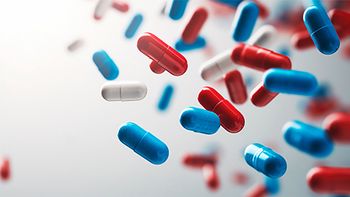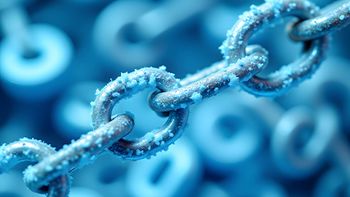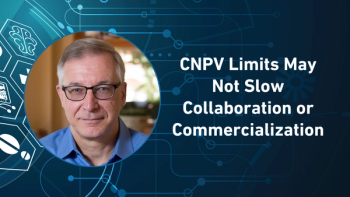
Mylan’s EpiPen re-energizes drug pricing disputes
Presidential politicking adds momentum to the growing backlash, and not just for Mylan
As the boiling controversies over Valeant Pharma’s and Turing Pharma’s pricing practices from
To date, Democratic candidate Hillary Clinton has issued a statement that “[I]t’s wrong when drug companies put profits ahead of patients, raising prices without justifying the value behind them.” The value “justification” is in keeping with her 2015 position paper that pharma companies should account for their costs of developing and marketing drugs in the process of setting their prices. Republican candidate Donald Trump hasn’t made a public statement so far, but his campaign website includes a policy statement of his intention to push for drug re-importation: “Though the pharmaceutical industry is in the private sector, drug companies provide a public service. Allowing consumers access to imported, safe and dependable drugs from overseas will bring more options to consumers.”
Re-importation arises in nearly every recent Presidential campaign cycle; following the logic that if the same drug is available at a lower cost outside the US, drug buyers should be allowed to import them. In reality, global drug companies set their prices based on regional or national economic patterns, and would begin to alter those practices if re-importation became a reality. (Even this oversimplified description doesn’t quite fit the facts: Drug companies can and do import drugs routinely into the US, but charge different prices based on market conditions. What’s really at stake is the FDA oversight of drug companies’ market authorizations for any drug sold within the US.)
The current retail price of the EpiPen has been cited at $608 per two-injector package. Mylan makes a copay coupon available that reduces patient copays to near zero; the average copay has been estimated at $73, although Mylan says that coupons for up to $100 are available. More recently, Mylan upped its copay limit to $300, which helps some patients but doesn't change insurer costs. EpiPen sales during 2015 exceeded $1 billion and the product is said to be Mylan’s biggest revenue generator. In its own statement, Mylan says that over the 2013-2014 academic year, more than 1,000 episodes of anaphylaxis were documented in its EpiPen4Schools program, under which school districts receive free pans. Over 700,000 have been distributed to some 65,000 schools since 2012; meanwhile, 3.6 million prescriptions for the drug were written in 2015 (which implies that roughly 1 in 10 to 15 dosages was free, based on a back-of the envelope calculation). An effort to have epinephrine autoinjectors available for emergency use at “public entities,” in a manner similar to the legislated school programs, is currently supported by 28 states.
And while the Wall Street Journal
It’s worth nothing, though, that Mylan seems to have executed a brilliant marketing plan in the face of some daunting challenges. The EpiPen is a type of acute-care therapy—it’s not routinely administered to patients—and yet the product has become a blockbuster for the company. Moreover, Epipen’s active ingredient is a generic product. The mode of drug delivery, not the drug itself, affords Mylan its exclusivity. There is at least one other autoinjector on the market (Adrenaclick, from Amedra Pharma), and Sanofi is still struggling to return its Auvi-Q product, which was withdrawn in 2015, to the market. Teva Pharma had an application for another autoinjector that was rejected by FDA, but could be on the market next year. At this point, Mylan’s successes in marketing its product are becoming too much of a good thing.
Newsletter
Stay ahead in the life sciences industry with Pharmaceutical Commerce, the latest news, trends, and strategies in drug distribution, commercialization, and market access.





